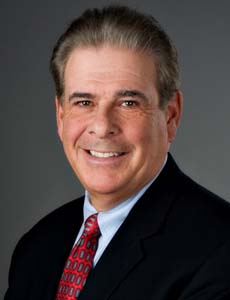People are living longer than ever before, especially in developed countries, such as the United States, Canada, and most European Union members. However, people’s increased life spans have also been paralleled by an unfortunate rise in the incidence of asthma worldwide among people older than 65.
For seniors, dealing with asthma can present unique challenges due to the following reasons:
- Many elderly patients are first diagnosed with asthma only in their later years, after their respiratory symptoms have become increasingly severe and their health, as a result, has deteriorated.
- The process of adjusting to life with asthma can be more complex for an older person than for a younger patient, because in many cases, older patients have multiple medical problems.
- In many cases, seniors’ asthma management plans are more intricate than those of younger asthmatics, and may require more frequent medication adjustments due to potential adverse interactions with drugs that many older patients take for their other medical conditions, such as heart disease, high blood pressure, or diabetes.
Recognizing Asthma Later in Life
Asthma once had a reputation as a disease that primarily affected children and young adults. A common misconception about asthma was that it was a “kid’s disease.” However, as I explain throughout the book, your respiratory symptoms may vary widely and may first appear at any age over your lifetime.
In fact, the incidence of asthma among the elderly in the United States is second only to that found in children under 18 (called extrinsic or allergic asthma). Recent studies show that the condition can actually develop later in life, which explains why some doctors use the term late-onset adult asthma (intrinsic or nonallergic asthma) to describe the ailment.
Keep these important facts in mind when dealing with asthma among older asthmatics:
- Many elderly patients with late-adult onset asthma aren’t diagnosed until their condition has deteriorated, because they initially assume their respiratory symptoms are due to a greater susceptibility to colds and bronchial infections later in life. Wheezing can also be a symptom of other underlying conditions, such as heart failure or vocal chord dysfunction (VCD).
- Allergic conditions that frequently coexist with asthma in younger patients, such as allergic rhinitis (hay fever) and atopic dermatitis (eczema), aren’t present as often in elderly asthmatics, which can further increase the challenge of correctly diagnosing asthma in seniors.
- Late-adult onset asthma affects older women to a greater degree than older men. Studies indicate that hormonal changes during menopause may account for this disparity.
- Some seniors are at increased risk for severe, even fatal asthma attacks because they don’t perceive a worsening of their respiratory symptoms, such as shortness of breath or chest constriction, and thus fail to use prescribed short-relief medications or seek medical help in time.
- For this reason, making sure elderly asthmatics properly monitor their lung functions with peak-flow meters is vital, in order to accurately and objectively assess their condition. Lung-function tests should be part of any checkups and medical exams that seniors receive.
Excerpted from "Asthma for Dummies" by William E. Berger, MD
